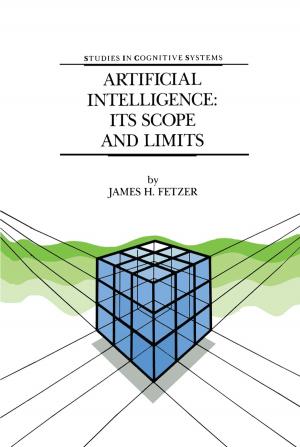Multifaceted Roles of Crystallography in Modern Drug Discovery
Nonfiction, Science & Nature, Science, Chemistry, Clinical, Biological Sciences, Biochemistry| Author: | ISBN: | 9789401797191 | |
| Publisher: | Springer Netherlands | Publication: | February 27, 2015 |
| Imprint: | Springer | Language: | English |
| Author: | |
| ISBN: | 9789401797191 |
| Publisher: | Springer Netherlands |
| Publication: | February 27, 2015 |
| Imprint: | Springer |
| Language: | English |
The present work offers a snapshot of the state-of-the-art of crystallographic, analytical, and computational methods used in modern drug design and development. Topics discussed include: drug design against complex systems (membrane proteins, cell surface receptors, epigenetic targets, and ribosomes); modulation of protein-protein interactions; the impact of small molecule structures in drug discovery and the application of concepts such as molecular geometry, conformation, and flexibility to drug design; methodologies for understanding and characterizing protein states and protein-ligand interactions during the drug design process; and monoclonal antibody therapies. These methods are illustrated through their application to problems of medical and biological significance, such as viral and bacterial infections, diabetes, autoimmune disease, and CNS diseases. As approaches to drug discovery have changed over time, so have the methodologies used to solve the varied, new, and difficult problems encountered in drug discovery. In recent years we have seen great progress in the fields of genetics, biology, chemistry, and medicine, but there are still many unmet medical needs, from bacterial infections to cancer to chronic maladies, that require novel, different, or better therapies. This work will be of interest to researchers and policy makers interested in the latest developments in drug design.
The present work offers a snapshot of the state-of-the-art of crystallographic, analytical, and computational methods used in modern drug design and development. Topics discussed include: drug design against complex systems (membrane proteins, cell surface receptors, epigenetic targets, and ribosomes); modulation of protein-protein interactions; the impact of small molecule structures in drug discovery and the application of concepts such as molecular geometry, conformation, and flexibility to drug design; methodologies for understanding and characterizing protein states and protein-ligand interactions during the drug design process; and monoclonal antibody therapies. These methods are illustrated through their application to problems of medical and biological significance, such as viral and bacterial infections, diabetes, autoimmune disease, and CNS diseases. As approaches to drug discovery have changed over time, so have the methodologies used to solve the varied, new, and difficult problems encountered in drug discovery. In recent years we have seen great progress in the fields of genetics, biology, chemistry, and medicine, but there are still many unmet medical needs, from bacterial infections to cancer to chronic maladies, that require novel, different, or better therapies. This work will be of interest to researchers and policy makers interested in the latest developments in drug design.















